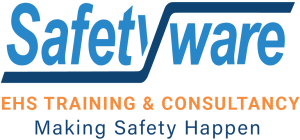Blog
Posted By: Yee Swat | Mar 12, 2023

Occupational health hazards and their prevention in different industries
Occupational health hazards are risks that workers face in their workplaces that can lead to illness, injury, or even death. Different industries come with different risks, and it is essential for employers to understand these risks and take measures to prevent them. In this article, we will explore some of the most common occupational health hazards in different industries and how to prevent them.
Construction Industry
The construction industry is one of the most dangerous industries globally, with a high incidence of injuries and fatalities. Workers in this industry are exposed to a range of hazards, including falls, electrocution, crushing injuries, and exposure to toxic substances.
To prevent occupational health hazards in the construction industry, employers must implement the following measures:
✔️Provide personal protective equipment (PPE) such as hard hats, safety glasses, gloves, and steel-toed boots.
✔️Conduct regular safety training and education for all workers.
✔️Ensure all equipment is regularly maintained and inspected.
✔️Implement a fall protection program that includes guardrails, safety nets, and harnesses.
✔️Create a hazard communication program that informs workers of the risks they face and the necessary precautions to take.
✔️Use non-toxic materials where possible to reduce exposure to hazardous substances.
Manufacturing Industry
The manufacturing industry is another industry with a high incidence of occupational health hazards. Workers in this industry are exposed to risks such as ergonomic hazards, noise, and exposure to hazardous chemicals.
To prevent occupational health hazards in the manufacturing industry, employers must implement the following measures:
✔️Provide PPE such as earplugs, safety glasses, and gloves.
✔️Conduct regular safety training and education for all workers.
✔️Implement an ergonomic program that includes training on proper lifting techniques and the use of ergonomic equipment.
✔️Create a noise control program that includes sound barriers and ear protection devices.
✔️Implement a hazardous chemical management program that includes proper labeling, storage, and disposal of chemicals.
✔️Regularly inspect and maintain equipment to prevent accidents.
Healthcare Industry
The healthcare industry is an industry that requires specialized training and equipment to minimize occupational health hazards. Workers in this industry are exposed to risks such as needle sticks, radiation, and exposure to infectious diseases.
To prevent occupational health hazards in the healthcare industry, employers must implement the following measures:
✔️Provide PPE such as gloves, gowns, masks, and eye protection.
✔️Conduct regular safety training and education for all workers.
✔️Implement an infection control program that includes hand hygiene, proper use of PPE, and vaccination.
✔️Use safe injection practices to prevent needle sticks.
✔️Implement a radiation safety program that includes proper shielding and monitoring.
✔️Regularly inspect and maintain equipment to prevent accidents.
Office Industry
The office industry may seem like a relatively safe industry compared to others, but it still comes with occupational health hazards. Workers in this industry are exposed to risks such as ergonomic hazards, eye strain, and exposure to indoor pollutants.
To prevent occupational health hazards in the office industry, employers must implement the following measures:
✔️Provide ergonomic equipment such as chairs, keyboards, and monitors.
✔️Conduct regular safety training and education for all workers.
✔️Implement a ventilation program that includes regular maintenance of HVAC systems and the use of air purifiers.
✔️Encourage breaks and stretching exercises to prevent ergonomic injuries.
✔️Use anti-glare screens and proper lighting to prevent eye strain.
✔️Create a hazard communication program that informs workers of the risks they face and the necessary precautions to take.
Conclusion
Occupational health hazards can have severe consequences for workers and employers. Employers must take a proactive approach to prevent occupational health hazards by implementing measures such as regular safety training, the use of PPE, and regular maintenance.
Recent Articles
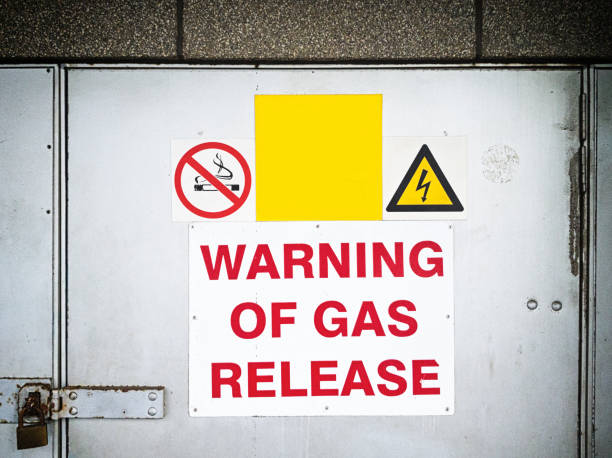
Posted By: Nur Afifa Binti Sazali
Jan 10, 2024
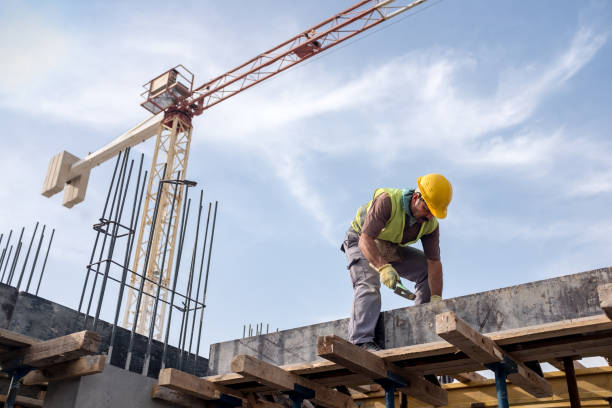
Posted By: Nur Afifa Binti Sazali
Jan 02, 2024
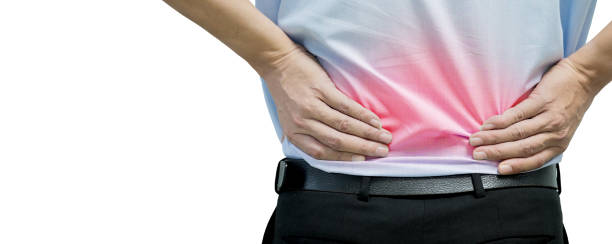
Posted By: Nur Afifa Binti Sazali
Dec 08, 2023
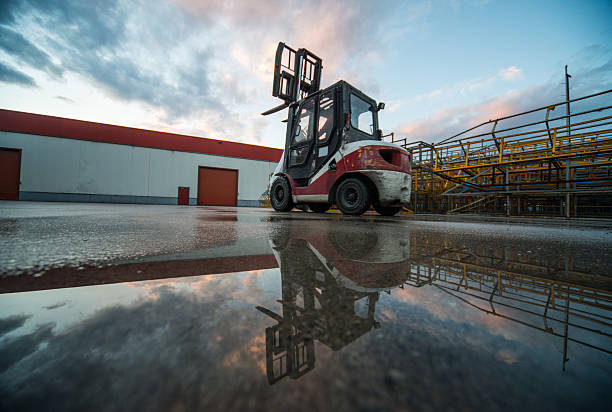
Posted By: Nur Afifa Binti Sazali
Dec 07, 2023

Posted By: Nur Afifa Binti Sazali
Dec 01, 2023
Plot 237,
Lengkok Perindustrian Bukit Minyak 3,
Bukit Minyak Industrial Estate,
14100 Simpang Ampat, Penang, Malaysia.
Enquiries :
[email protected]
Call Us :
Tel : +604-5023 882 (8 lines)
Toll Free : 1300-22-3882
